Table of content
Deep-frying large peanuts to achieve that coveted golden-brown crunch and rich, nutty flavor is an art that combines precision, patience, and a touch of culinary intuition. While the question “How long should I deep-fry large peanuts?” seems straightforward, the answer hinges on a delicate balance of variables—oil temperature, peanut size, moisture content, and even altitude. This guide will demystify the process, ensuring your next batch of fried peanuts emerges crispy, flavorful, and perfectly cooked.
Understanding the Basics of Deep-Frying Peanuts
Deep-frying is a cooking method that uses hot oil to cook food rapidly, creating a crisp exterior while sealing in moisture. For large peanuts, this technique transforms their starchy, earthy texture into a satisfying crunch. However, achieving consistency requires careful attention to detail. Overfrying leads to bitterness and a burnt taste, while underfrying results in a soggy, starchy interior. The ideal frying time ensures the peanuts are cooked through without sacrificing their natural sweetness.
Preparation: The Foundation of Crispy Peanuts
Before even heating the oil, proper preparation is critical. Large peanuts, often labeled as “jumbo” or “mammoth,” require specific handling to ensure even cooking:
- Selection: Choose fresh, high-quality peanuts. Avoid those with visible cracks, discoloration, or a rancid smell. Freshness directly impacts cooking time and flavor.
- Soaking: Soak raw peanuts in water for 1–2 hours. This step softens the shells (if unshelled) and reduces frying time by hydrating the interior. For shelled peanuts, soaking ensures even cooking and prevents the outer layer from burning before the center cooks.
- Draining: After soaking, pat the peanuts dry with a clean kitchen towel or paper towels. Excess moisture can cause oil splattering and lower the oil temperature, leading to greasy results.
- Seasoning (Optional): Toss the peanuts in a light coating of cornstarch or rice flour before frying. This creates an extra-crispy crust. Alternatively, season with salt, chili powder, or five-spice blend post-frying for added flavor.
Mastering Oil Temperature and Frying Time
The golden rule of deep-frying is maintaining a stable oil temperature. For large peanuts, aim for 325–350°F (163–177°C). Here’s why this range matters:
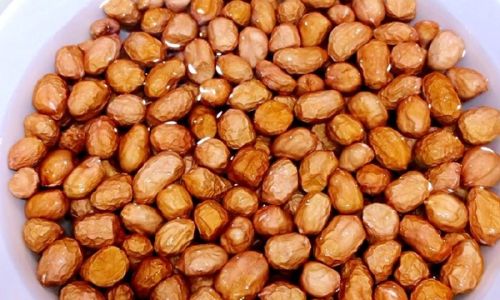
- Below 325°F: Peanuts absorb excess oil, becoming greasy and undercooked.
- Above 350°F: The exterior burns before the interior cooks, leaving a raw, starchy center.
Frying Time: At 325–350°F, large peanuts typically take 8–12 minutes to fry to perfection. However, this is not a one-size-fits-all answer. Variables like peanut size, oil type, and frying equipment can adjust the time by 2–3 minutes in either direction.
How to Test Doneness
- Visual Cues: The peanuts will turn a deep golden-brown. Avoid relying solely on color, as some oils (like peanut or canola) darken faster than others.
- Audible Signs: Listen for a gentle sizzling sound. Silence indicates the oil is too cold, while violent bubbling suggests it’s too hot.
- Taste Test: Remove a peanut, let it cool slightly, and crack it open. The interior should be tender, not starchy, with a uniform golden hue.
- Texture Check: Fried peanuts should feel light and hollow when shaken in a bowl. A heavy, dense sound indicates undercooking.
Step-by-Step Deep-Frying Process
- Heat the Oil: Use a deep, heavy-bottomed pot or a dedicated deep fryer. Fill it with enough oil to submerge the peanuts (2–3 inches). Heat over medium heat until the oil reaches 325°F. Use a thermometer for accuracy.
- Fry in Batches: Add peanuts in small batches to avoid overcrowding, which lowers the oil temperature. A single layer is ideal.
- Stir Gently: Use a slotted spoon or spider strainer to stir occasionally, ensuring even browning.
- Monitor Time: Start timing once the oil returns to 325°F after adding the peanuts. Adjust the heat to maintain temperature.
- Drain Excess Oil: Once done, transfer the peanuts to a wire rack or paper towel-lined plate. Avoid stacking, as this traps steam and softens the crust.
Common Mistakes and How to Avoid Them
- Overcrowding the Pan: This drops the oil temperature, leading to soggy peanuts. Fry in batches instead.
- Skipping Soaking: Unsoaked peanuts take longer to cook, increasing the risk of burning.
- Using the Wrong Oil: Opt for oils with high smoke points, like peanut, canola, or sunflower oil. Avoid olive oil, which burns at lower temperatures.
- Rushing the Process: Patience is key. Resist the urge to crank up the heat to speed things up.
Advanced Tips for Perfectly Fried Peanuts
- Double-Frying Technique: For ultra-crispy results, fry the peanuts twice. First, fry at 300°F for 5 minutes, then drain and cool. Refry at 350°F for 2–3 minutes until golden.
- Infuse Flavors: Add aromatic ingredients like star anise, cinnamon sticks, or bay leaves to the oil during frying. Remove them before the peanuts burn.
- Post-Frying Seasoning: Toss the peanuts in a mixture of salt, sugar, or spices while they’re still warm to help the seasoning adhere.
Storing Fried Peanuts
Fried peanuts are best enjoyed immediately, but they can be stored in an airtight container for up to two weeks. To maintain crispiness:
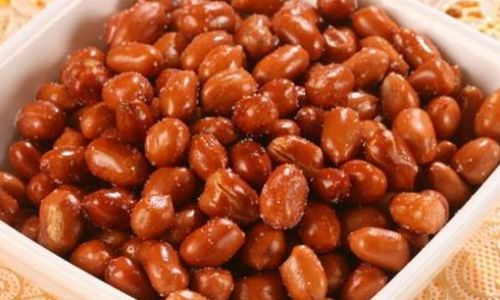
- Cool Completely: Let them cool at room temperature before sealing.
- Avoid Humidity: Store in a cool, dry place away from sunlight.
- Reheat Gently: If they soften, briefly reheat in a 350°F oven until crisp again.
The Science Behind Crispy Peanuts
Deep-frying peanuts involves two key chemical processes:
- Maillard Reaction: This occurs when amino acids and reducing sugars react at high heat, creating brown pigments and complex flavors. Achieving the right oil temperature ensures this reaction happens evenly.
- Moisture Evaporation: Frying drives off moisture, concentrating the peanut’s natural sugars and creating a crunchy texture. Proper frying time ensures moisture is removed without scorching.
Cultural Significance of Fried Peanuts
Fried peanuts are beloved worldwide, with regional variations reflecting local tastes:
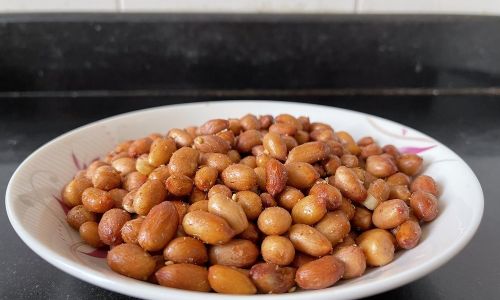
- Asia: In China, fried peanuts are often tossed with Sichuan peppercorns and chili flakes. In India, they’re mixed with spices like turmeric and cumin.
- Latin America: Fried peanuts are a staple in Colombian antojitos and Mexican botanas, served with lime wedges and hot sauce.
- Southern U.S.: Boiled peanuts are iconic, but fried versions—often spiced with paprika or garlic—are gaining popularity.
Troubleshooting Guide
| Issue | Cause | Solution |
|---|---|---|
| Soggy Peanuts | Oil temperature too low | Increase heat; fry in smaller batches |
| Burnt Exterior | Oil too hot or overcrowded pan | Use a thermometer; fry at 325–350°F |
| Uneven Browning | Inconsistent stirring | Stir gently and frequently |
| Raw Interior | Underfrying or large peanut size | Increase time by 2–3 minutes |
Conclusion: The Perfect Fry
Mastering the art of deep-frying large peanuts requires practice, but the results are worth the effort. By controlling oil temperature, monitoring frying time, and paying attention to visual and textural cues, you’ll achieve peanuts that are crispy, flavorful, and irresistibly addictive. Whether enjoyed as a snack, garnish, or party appetizer, perfectly fried peanuts elevate any dish. So, fire up your fryer, embrace the sizzle, and savor the satisfaction of a job well done.



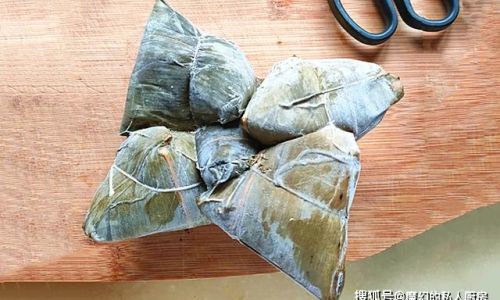
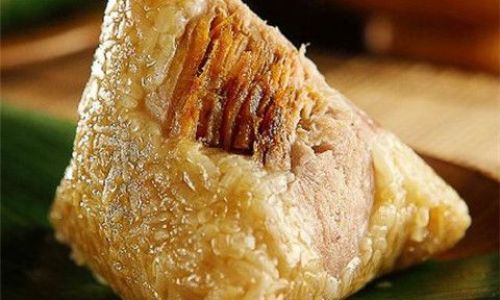
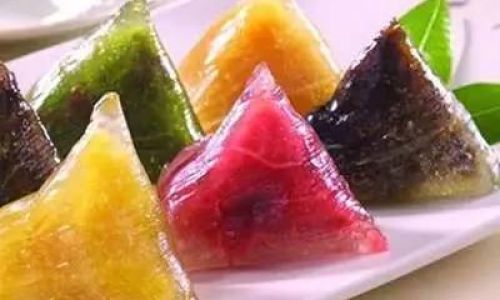
0 comments